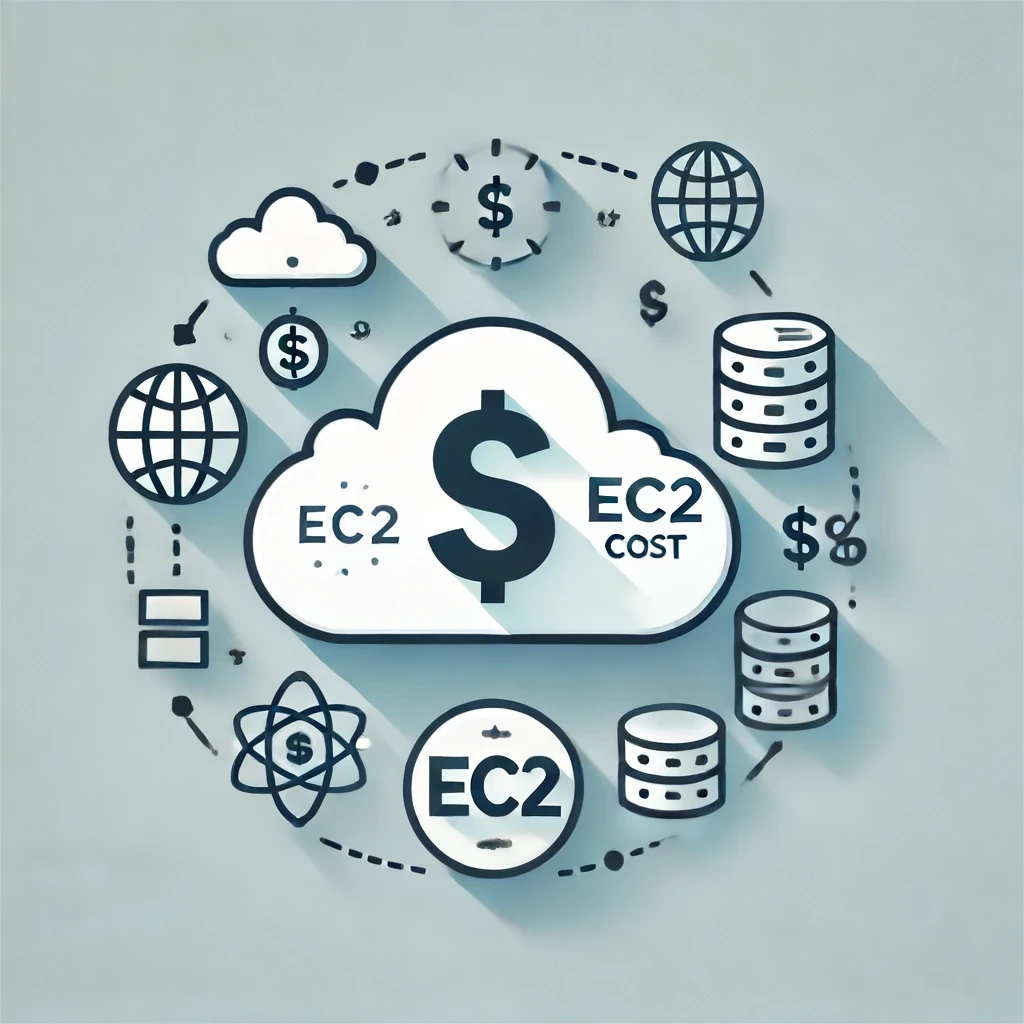Are you struggling with your EC2 costs? You’re not alone. Managing cloud expenses can be challenging, but there are effective ways to optimize and reduce your EC2 spending without compromising performance. Here are three strategies that can help you save money on your EC2 instances, along with a bonus tip for maximizing discounts without long-term commitments.
1. Right-Sizing Your Instances
Right-sizing involves matching your EC2 instance types and sizes to the actual requirements of your workloads. This ensures you’re not overpaying for underutilized resources.
How to Right-Size Your Instances:
-Monitor Resource Utilization: Use Amazon CloudWatch to track key metrics such as CPU utilization, memory usage, and I/O operations. These metrics will give you a clear picture of your current instance performance.
– Adjust Instance Sizes: Based on the insights from CloudWatch, you can resize your instances to better match your workload needs. For example, if you find that an instance is consistently underutilized, you might downsize to a smaller instance type.
Right-sizing can lead to significant cost savings by ensuring you’re only paying for the resources you actually need.
2. Leveraging Spot Instances
Spot Instances are a cost-effective option for running EC2 instances. They allow you to use spare Amazon EC2 capacity and offer discounts of up to 90% compared to On-Demand prices.
When to Use Spot Instances:
– Fault-Tolerant Workloads: If your applications can handle interruptions, such as batch processing, data analysis, or web crawling, Spot Instances are ideal.
– Stateless Services: Services that can be easily restarted or distributed across multiple instances can benefit greatly from the lower costs.
By incorporating Spot Instances into your infrastructure, you can drastically reduce your EC2 expenses, especially for workloads that do not require constant uptime.
3. Reservations and Savings Plans
For predictable workloads, AWS offers two pricing models that provide substantial discounts: Reserved Instances and Savings Plans.
Reserved Instances (RIs):
– Commitment-Based Discounts: RIs require you to commit to using specific instance types in a particular region for a one- or three-year term. In return, you get a significant discount compared to On-Demand pricing.
– Instance Flexibility: Some types of RIs offer the flexibility to change instance types within the same family.
Savings Plans:
– Flexible Pricing Model: Savings Plans offer the same level of savings as Reserved Instances but with greater flexibility. You commit to a certain amount of usage (measured in $/hour) for a one- or three-year period, but you can apply the discount across different instance types, sizes, and regions.
Both of these options can reduce your EC2 costs significantly, but they require a commitment. If your workloads are predictable and stable, these plans can offer tremendous value.
Bonus Tip: Get Discounts Without Long-Term Commitments
If you’re looking to enjoy the benefits of discounted pricing without committing to long-term contracts, consider reaching out for expert advice. There are ways to obtain significant savings on your EC2 costs without locking yourself into one- or three-year agreements. Send me a message, and I’ll help you navigate these options to maximize your savings while maintaining flexibility.
—
By implementing these strategies, you can effectively manage and reduce your EC2 costs. Right-sizing ensures you’re not overpaying for unused resources, Spot Instances offer deep discounts for interruptible workloads, and Reserved Instances or Savings Plans provide predictable savings for long-term usage. And with the bonus tip, you can even enjoy discounts without long-term commitments. Start optimizing your EC2 spending today and see the difference it makes for your bottom line.
If you’re looking to optimize your cloud infrastructure and save on your EC2 costs, contact NimbusStack today by filling out our contact form.



